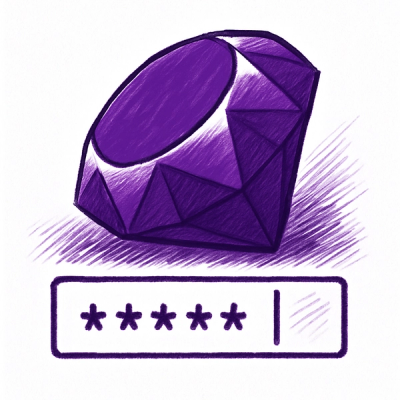
Security News
Opengrep Adds Apex Support and New Rule Controls in Latest Updates
The latest Opengrep releases add Apex scanning, precision rule tuning, and performance gains for open source static code analysis.
JavaScript client for interacting with the Gopher Email API. Works in the browser and node.js.
Note: Gopher is currently in private beta. Enter your email on the Gopher Home Page to request an invitation
Quick example:
npm install gopherhq
const var Gopher = require('gopherhq');
// initialize
const gopherClient = new Gopher({clientId: 'YOUR_EXTENSIONS_CLIENT_ID'});
gopherClient.setAccessToken('YOUR_OAUTH2_ACCESS_TOKEN');
// create a task
const task = {
task: {
reference_email: {
server_recipient: 'command@your-extension.gopher.email',
to: ['you@example.com'],
subject: "Test1",
html: "Test1",
}
}
}
// create a task with a callback
gopherClient.createTask(task, function(err, res) { console.log(err || res)});
// promises work, too.
const res = gopherClient.createTask(task)
.then(function(res) {
console.log(res);
})
.catch(function(err) {
console.log(err);
});
// along with async/await magic, of course ✨
const res = await gopherClient.createTask(task); //in async function
YOUR_EXTENSIONS_CLIENT_ID – Find this in the developer portal.YOUR_OAUTH2_ACCESS_TOKEN - Log in to your extension and copy the value from the gopherToken cookie using something like EditThisCookie or the Chrome dev tools.test directory for usage examples.Set the env variable DEBUG=gopherhq to log debugging information.
Contributions are welcome. Feel free to send us an email help+gopher@humans.fut.io or create a PR. A few notes:
npm t will watch for changes and re-run tests on save, letting you make rapid progress.gopherTestUtils.js about mocking network requests.npm run build to rebuild the lib.MIT
FAQs
Gopher Email API client for the browser and node.js
The npm package gopherhq receives a total of 31 weekly downloads. As such, gopherhq popularity was classified as not popular.
We found that gopherhq demonstrated a not healthy version release cadence and project activity because the last version was released a year ago. It has 1 open source maintainer collaborating on the project.
Did you know?

Socket for GitHub automatically highlights issues in each pull request and monitors the health of all your open source dependencies. Discover the contents of your packages and block harmful activity before you install or update your dependencies.

Security News
The latest Opengrep releases add Apex scanning, precision rule tuning, and performance gains for open source static code analysis.

Security News
npm now supports Trusted Publishing with OIDC, enabling secure package publishing directly from CI/CD workflows without relying on long-lived tokens.

Research
/Security News
A RubyGems malware campaign used 60 malicious packages posing as automation tools to steal credentials from social media and marketing tool users.